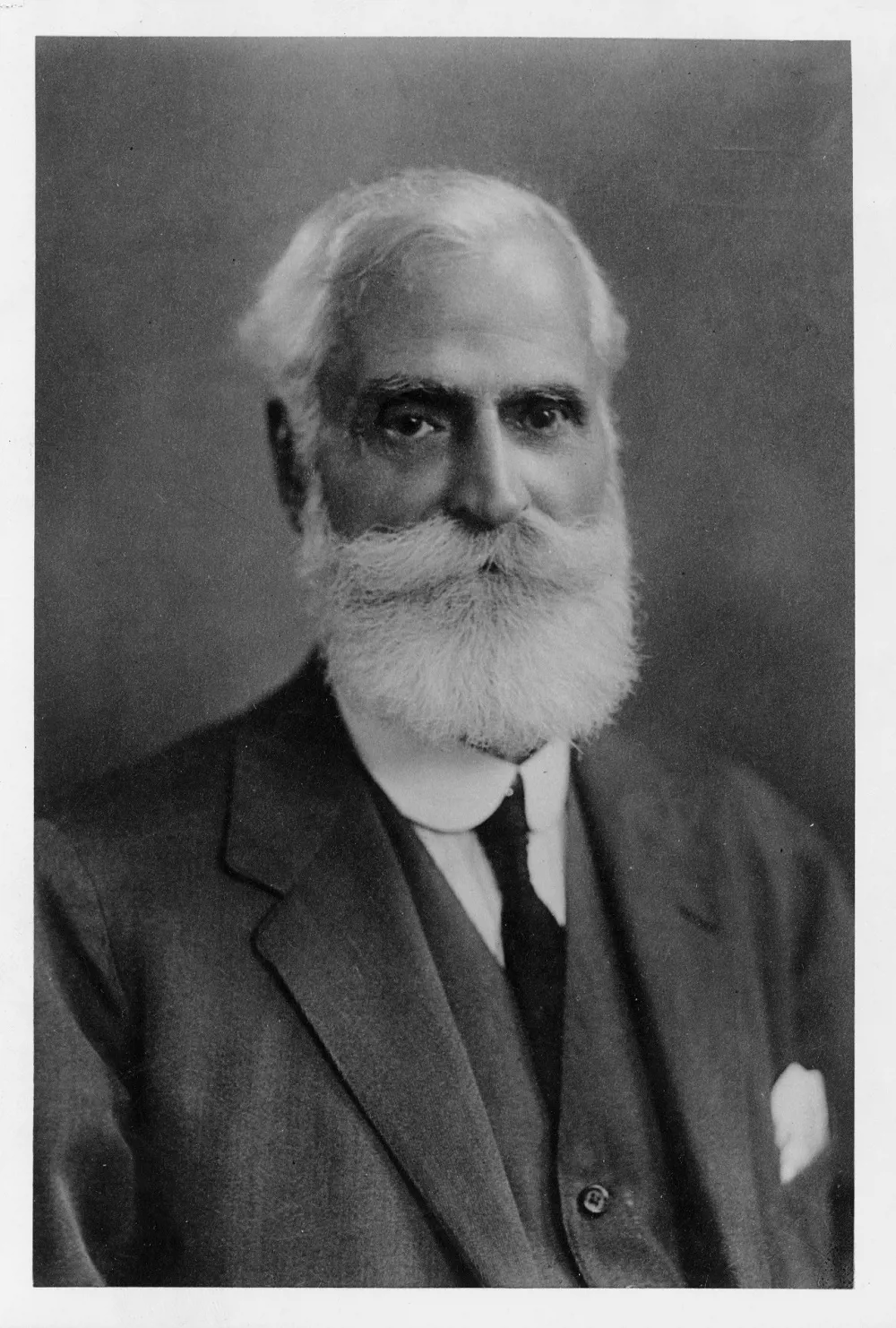After the development of the efficient Sprengel vacuum pump in the early 1870s, several inventors turned to the problem of providing electric illumination for indoor use. Although Joseph Wilson Swan and Thomas Alva Edison are the principal inventors of the incandescent lamp, they had numerous rivals. A letter acquired by the IET reminds us of the difficulties they faced.
On 5 February 1881, St. George Lane Fox (later Fox-Pitt) in a letter to F. J. Smith describes his efforts to develop a working incandescent lamp.
"I had one lamp almost ready to seal off yesterday it had almost ceased giving off gas when I unluckily broke the Globe. Today I have another very promising one at work. The Char[r]ed Vulcanized Fibre is by far the best substance I have tried yet, it is strong & has a very high specific resistance."
Lane Fox used a Mr Long of 12 Kirby Street, London, as a glassblower "who does my work pretty well & I find him very handy as his shop is very near mine & he will take up my work at any moment & so saves me a great deal of time; but I certainly can't recommend him as a good glassblower".

In 1874, at the age of 18, Lane Fox took out his first patent for an electric cooking utensil. By 1878 his interests had focused on developing an incandescent electric light. His first two lamps were failures. By 1880, as his letter describes he was having greater success. His carbonised fibre was French grass treated with hydrocarbon vapour and then carbonised.
Like Edison, who at this stage had developed a working carbon filament lamp, Lane Fox realised that the lamp was only the first step. In 1881 the Paris Electrical Exhibition provided a showcase for manufacturers of the new incandescent lamp and Lane Fox, along with Thomas Edison, Joseph Wilson Swan and Hiram Maxim (later the inventor of the Maxim gun) demonstrated their systems.
An independent panel analysed their results and concluded that Lane Fox's system was slightly less efficient than those of Edison or Swan. Nevertheless, he planned an electrical distribution system using parallel loads and earth return and he devised meters to measure the electricity used by consumers.
Shortly thereafter he sold his patents to the Anglo-American Brush Electric Light Corporation, but by 1891, regained them to set up his own distribution company. However, it never became a major supplier.
Thanks for your patience. We’ve upgraded our systems, all part of our big picture plan to deliver a great experience for you.
Your log-in access has been reinstated for our websites and systems but should you encounter any issues, our Member Relations team is here to support you on +44 (0)1438 765678 or via membership@theiet.org.
